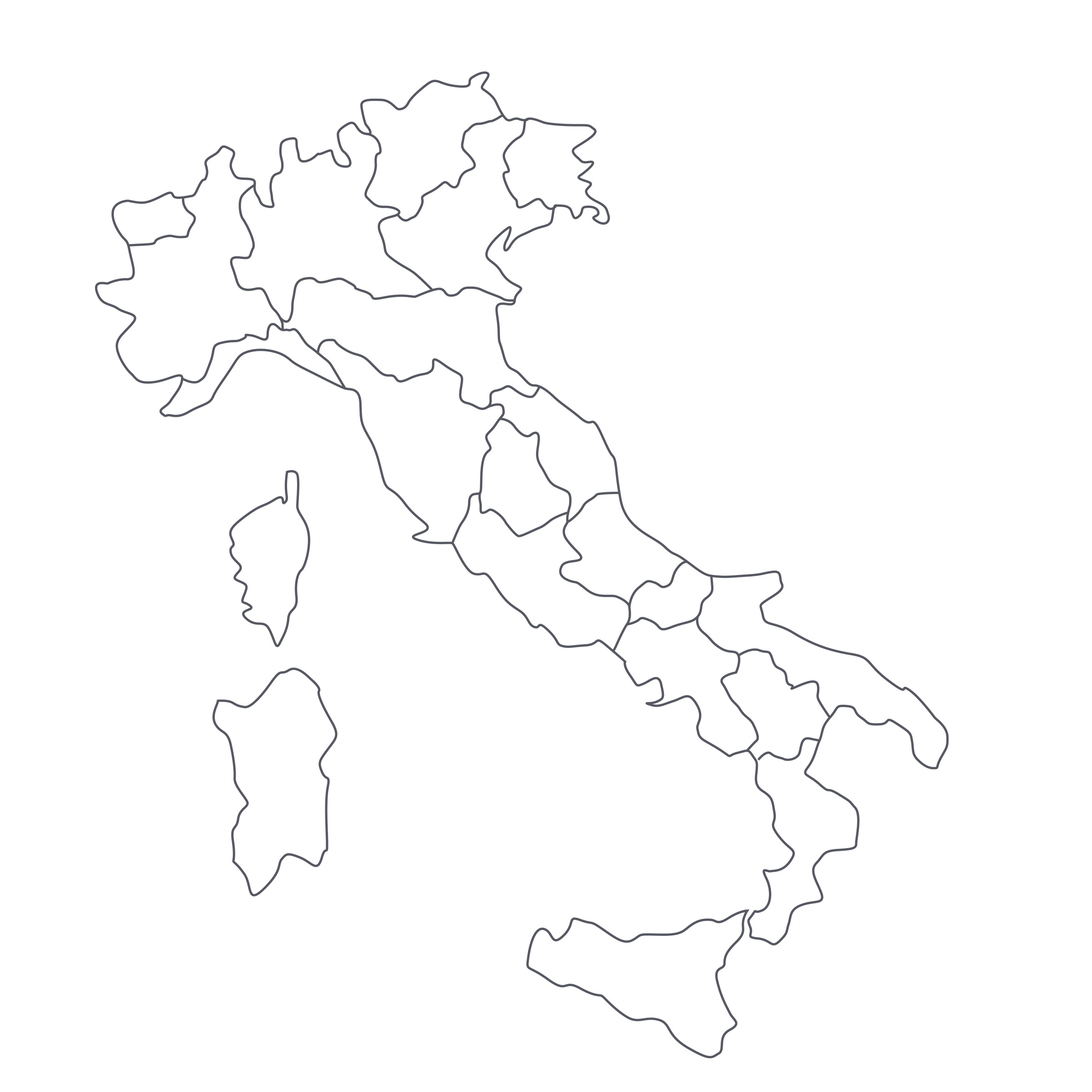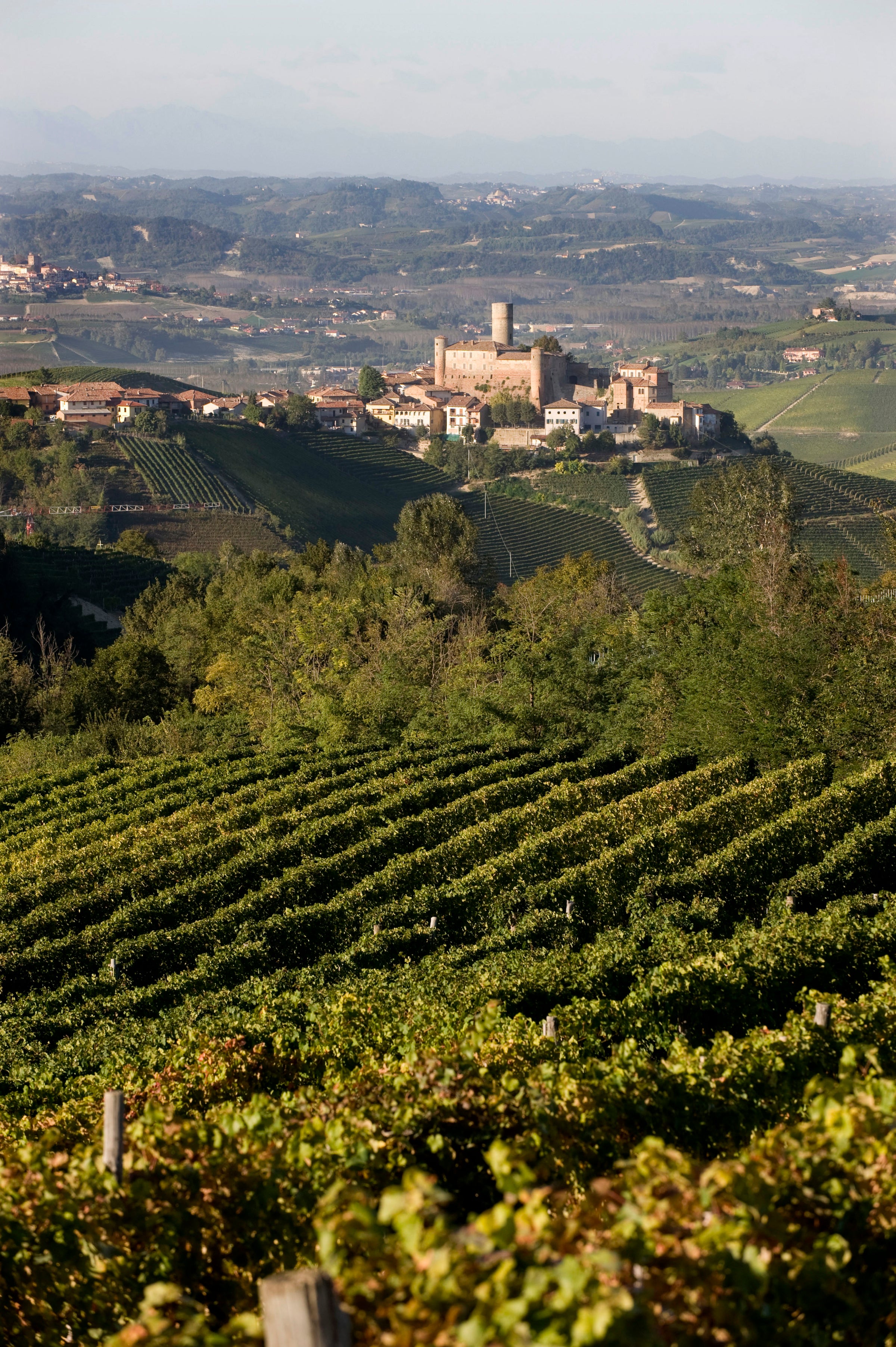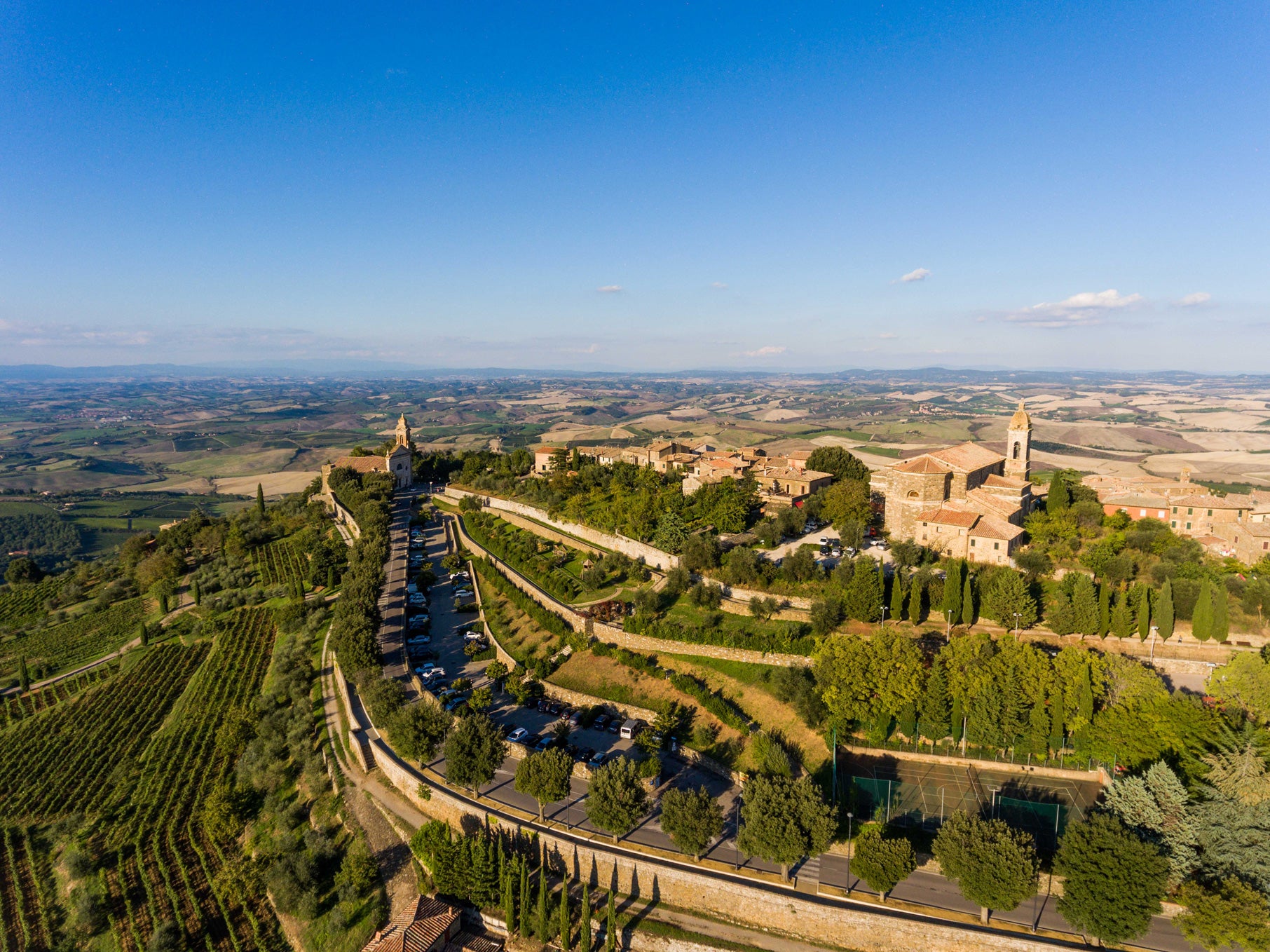There’s a long, convoluted, and highly politicized story behind this wine being labeled “Langhe Nebbiolo” as opposed to “Barolo.” It meets all the qualifications for the latter, but again, it’s a long story, so let’s just skip to the end: It’s a Barolo in all but name and price, brought to market under a less restrictive appellation name during a dispute which, ironically, was ultimately resolved in Pecchenino’s favor.
But we forget about business realities like cash flow and market continuity when talking about romantic wine places like Barolo. And at the risk of sounding callous, Pecchenino’s loss—i.e. how much more they would have fetched for this single-vineyard bottling had it carried the Barolo name—is our gain. Add to the mix the exceptional 2015 vintage in Piedmont and you’ve got one of the best Nebbiolo values to cross our path in quite some time. This wine has it all: tremendous aromatic complexity, brooding mineral depth, lots of dark cherry fruit, and the structure for long aging. Hailing from the “Ravera” vineyard in the village of Monforte d’Alba, this is more than just a Barolo in disguise: It is, as the French might say, Grand Cru wine at a village-level price!
For hardcore Italian wine aficionados, not much more needs to be said. This is a no-brainer at this price! But for others, maybe some further explanation is in order. Be it Italy or France or anywhere else in Europe, a “controlled appellation of origin” (DOC, AOC, DO, etc.) is not merely an indication of where a wine comes from but a full set of criteria a wine must satisfy to carry that appellation name. These place names are, of course, brands—and certain brands are more famous, and carry stricter prescriptions, than others. In southeastern Piedmont, where Barolo and Barbaresco are located, the broader region around those two zones is known as the Langhe. When a wine carries a Langhe Nebbiolo designation, a few things are typically at play: (1) some or all of the fruit used in the wine is grown within the Langhe but not within the delimitations of the Barolo or Barbaresco zones; (2) producers like to bring a lighter, easier-drinking Nebbiolo to market earlier, and at a cheaper price, than their Barolo or Barbaresco wines (which are subject to minimum aging requirements before release).
In some cases, all that separates a producer’s Langhe Nebbiolo from his Barolo is the length of aging in barrel/bottle; the vineyard sources might well be the same, with the Langhe Nebbiolo perhaps receiving the produce of the younger vines. In some cases (as with Vietti’s famed “Perbacco”) the wine may be called Langhe Nebbiolo but is effectively “declassified” Barolo—a chance to drink Nebbiolo of real pedigree at a more modest price.
So, now that I’ve beaten that distinction to death, on to today’s delicious wine. The Pecchenino family has been based in the village of Dogliani since the 1700s, and for most of their history they were best-known for wines from the Dolcetto grape—Dogliani’s specialty. More recently, Attilio and Orlando Pecchenino acquired three hectares of vineyards in the Barolo hamlet of Monforte d’Alba, including parcels in the “Bussia,” “Le Coste,” and “Ravera” crus. The Ravera site has a beautiful, wide-open east/southeastern exposure and is farmed by a variety of great estates (Marziano Abbona; Elvio Cogno; Giovanni Sordo), and Pecchenino’s 1.2-hectare piece of it yielded a brilliant wine in 2015. Fermented in stainless steel tanks, it underwent a lengthy maceration on its skins and aged in 25-hectoliter Austrian oak barrels for two years, followed by 6 months in bottle (the Barolo DOCG requirements, by comparison, call for 38 months’ total aging before release, with a minimum of 18 months in wood).
In the glass, Pecchenino’s 2015 “Bricco Ravera” is brilliant deep ruby with garnet reflections and jumps from the glass with aromas of black cherry, red and black currant, raspberry, sassafras, licorice, tar, roses, violets, leather, and potting soil. The fruit and earth components meld beautifully in a medium-plus-bodied Nebbiolo with firm tannins and plenty of freshness to drive a long, aromatic finish. There’s that beguiling mix of power and elegance that great vintages bring out—the wine is delicious to drink now (given some aeration first) but you’ll be rewarded handsomely if you decide to lose a few in the cellar for another 10-15 years. Again, it may not say Barolo, but it’s got everything Barolo has without the prohibitive price tag. Decant this expressive beauty about an hour before serving in Burgundy stems at 60-65 degrees. Pair it with a well-charred grilled ribeye, a red wine risotto, or any game bird that floats your boat. This is a “food wine” extraordinaire that will not disappoint. Don’t miss it!




